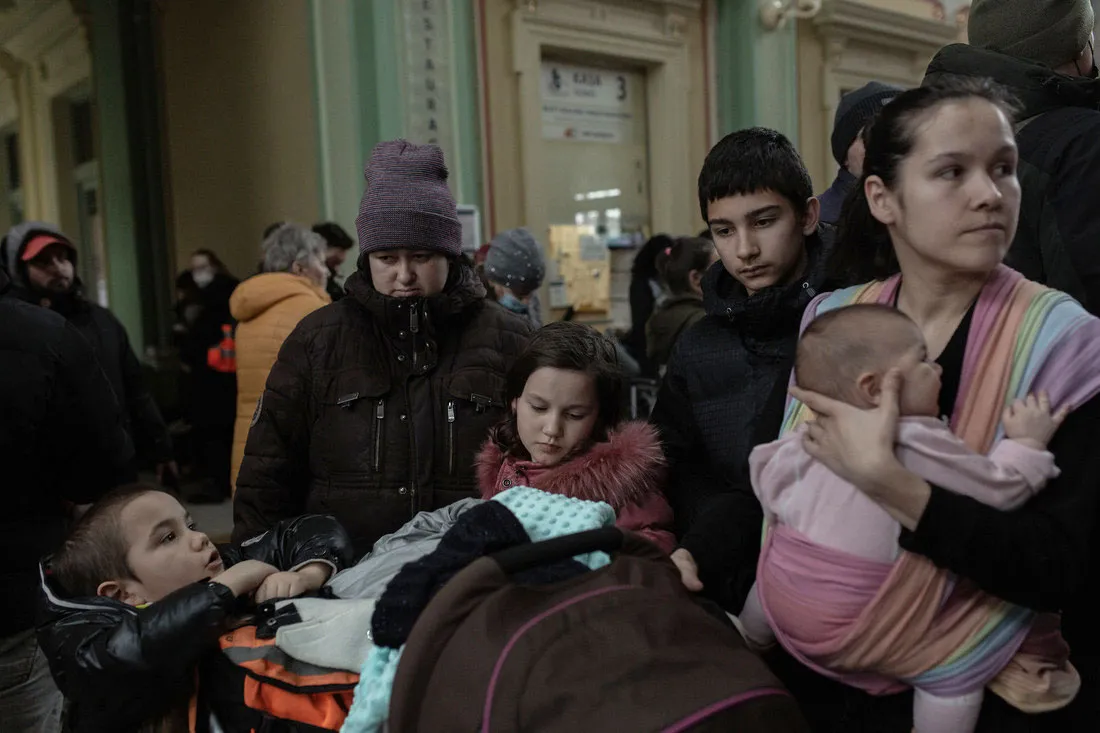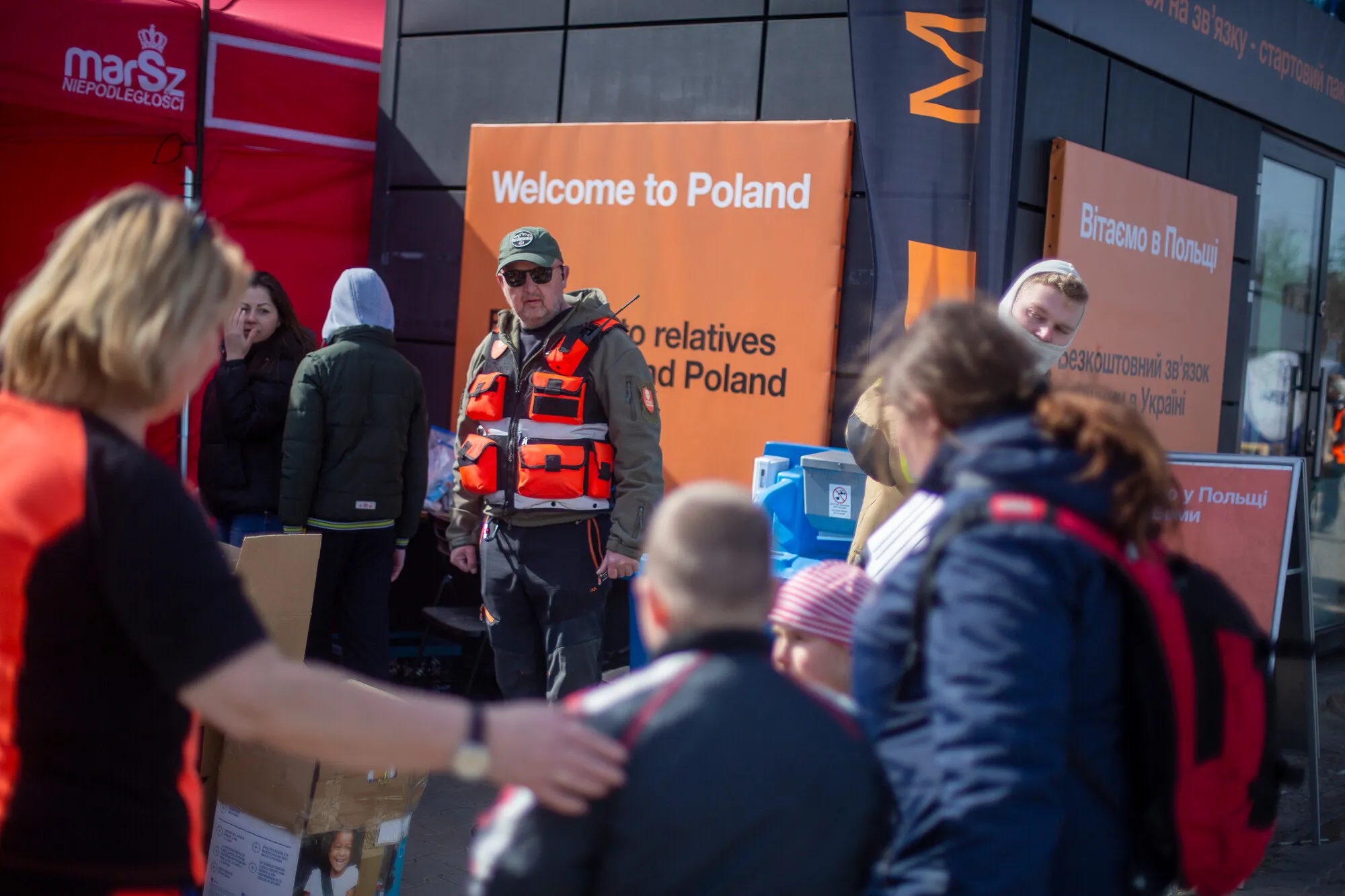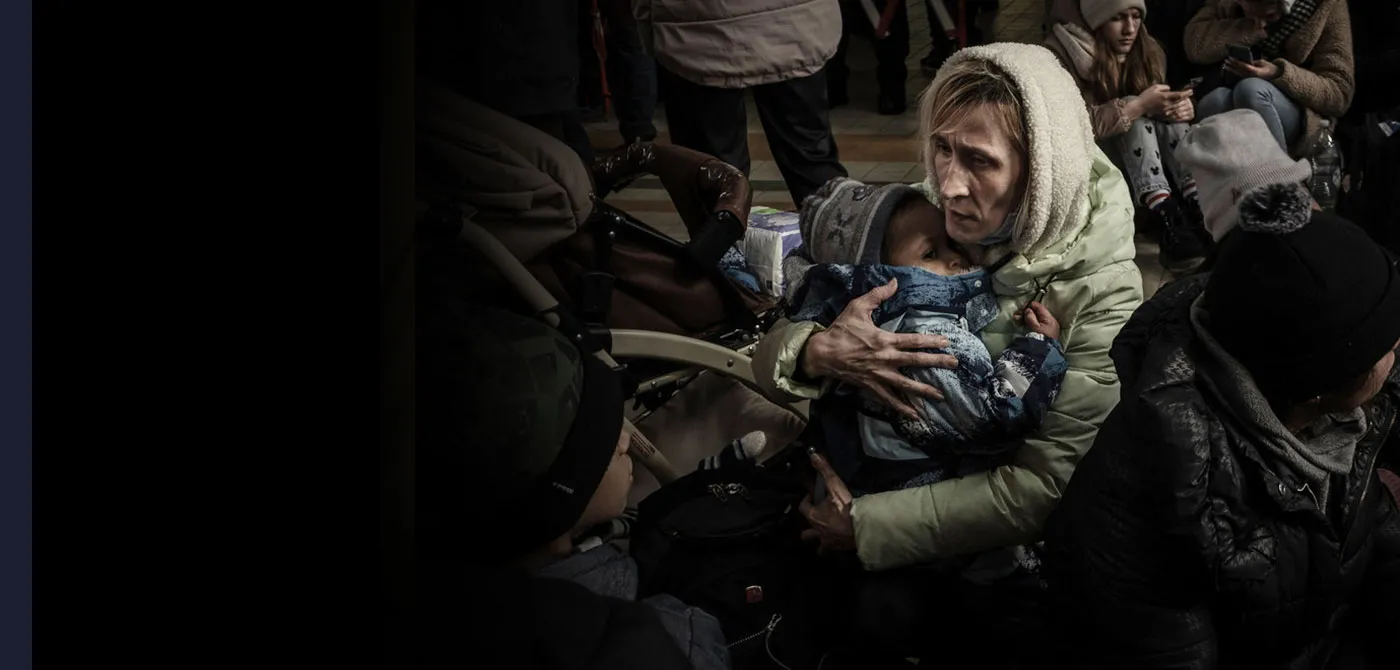About the humanitarian crisis in Ukraine
In the weeks after the conflict began in February 2022, the humanitarian crisis exceeded the worst predictions. Neighboring countries were seeing huge refugee influxes, largely women and children.
In the last two years, the conflict has taken a heavy toll on civilians. Over 11,000 people have lost their lives while over 4.6 million registered as internally displaced. Another 6.3 million people had to flee Ukraine as refugees.
Today, 14.6 million people in the country need humanitarian assistance, which represents 40% of the population. The war has cost the country nearly $155 billion.
Before the invasion, years of fighting in Donetsk and Luhansk left 2.9 million needing aid and displaced 1.5 million.
The most urgent needs for Ukrainian refugees and displaced people are clean water, hygiene, shelter, and protection from violence, including violence against women and girls. More people need financial help to rent homes, fix property, or pay for medical care. Besides the conflict, displaced families face cold weather, power cuts, and limited healthcare — especially women, the elderly, and people with disabilities.
Where Ukrainians have fled the conflict
Poland is a primary destination for people fleeing conflict in Ukraine, and the Polish government has set up reception centers and hospitals near crossing points on the 300-mile border. Romania has nearly 2 million refugees. Other neighboring countries receiving refugees include Moldova, Hungary, Slovakia, and Belarus.



